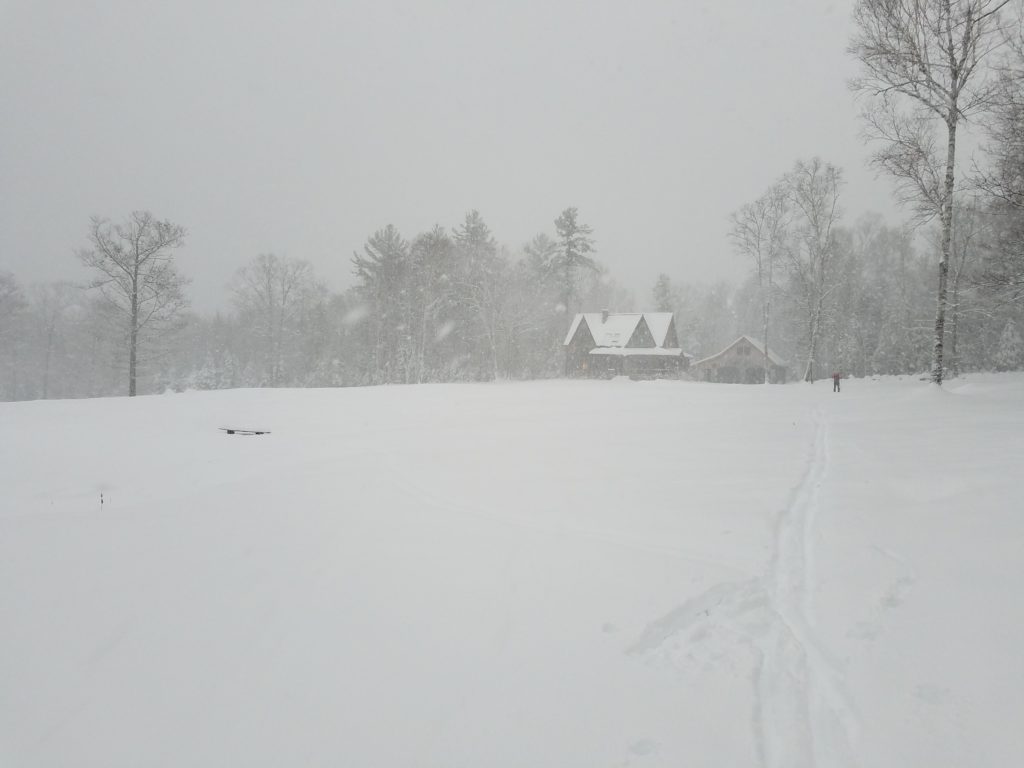KINESTHETIC SENSE
In my first post re: writing place, I discussed kinesthetic sense—the body in relation to objects and physical spaces—and how this can help you access a sense of place.
Here’s another concept I’d like to share that helps us to access those senses that bring us deeper into the body and into memory. (With thanks to my former teacher and colleague Diane Benedict.)
These are loci (plural of LOCUS)
WHAT ARE LOCI?
Strictly speaking, a locus is a center of activity, attention, or concentration. But for our purposes as writers, loci are objects, elements, animals and natural phenomena that contain metaphoric potential.
Here are some examples that relate to setting:
- Elements of landscape/topography
- Weather
- Natural elements: fire, earth, metal, air
- Bodies of water
- Shelter, buildings
- Places of worship/objects therein
- Points of entry: doors, windows, etc.
- Vehicles (land, air, water)
Identifying these objects, elements, animals and natural phenomena takes you from being an observer (dependent on the visual) to being a participant-observer—more fully engaged with the physicality of any given situation.
WRITING EXERCISE #1
- Choose one of the setting loci—preferably one you’re already working with. (I’d avoid hospital rooms and kitchens, as they can be emotionally overdetermined.)
- Take a minute or two to describe this setting in concrete, sensory terms. Try to include some kinesthetic information. *That means you’ve got a narrator, and therefore, a body in relationship to the physical environment: the shape, dimensions, and objects encountered.
JUXTAPOSITION
Juxtaposing things that might not typically go together (as any poet will tell you) is a great way to generate fresh ideas. It is how we create figurative language, and the way we access those senses that often get short shrift: smell, touch, taste, and of course, kinesthetic sense.
Juxtaposition moves us beyond linearity, and opens us to a sense of possibility and play. It creates an opening.
Here are more loci, the objects and animals one might encounter in any given setting:
- Animals & insects
- Plants
- Food
- Human body (also body parts, sense organs, body fluids)
- Medical implements, machines, & tools
- Clothing and accessories
- Mirrors
- Dolls, masks, toys
- Objects related to a creative discipline
- Travel paraphernalia & hobby materials
- Ritual objects (places of worship)
- Money
- Sports paraphernalia
- Weapons
WRITING EXERCISE #2
- Now choose one of the animals & objects loci. I recommend choosing something that juxtaposes, rather than “agrees” with your selection in exercise #1. (So, for example, if you chose a barn, your second choice shouldn’t be a cow. Try something that shouldn’t necessarily BE in that barn. A clarinet, maybe. Or a pair of smashed eyeglasses. Or a grenade.)
- Write a short paragraph that incorporates this new element, the second loci, into your setting.
SELF-ASSESSMENT #1
What ideas has this given you about your own work?
How did trying to juxtapose those two different loci influence your thinking?
Did it open up any possibilities, or give you a different angle of vision/more embodied sense of a physical space?
Are there places you can heighten tension by introducing kinesthetic relationships and/or using juxtaposition?
